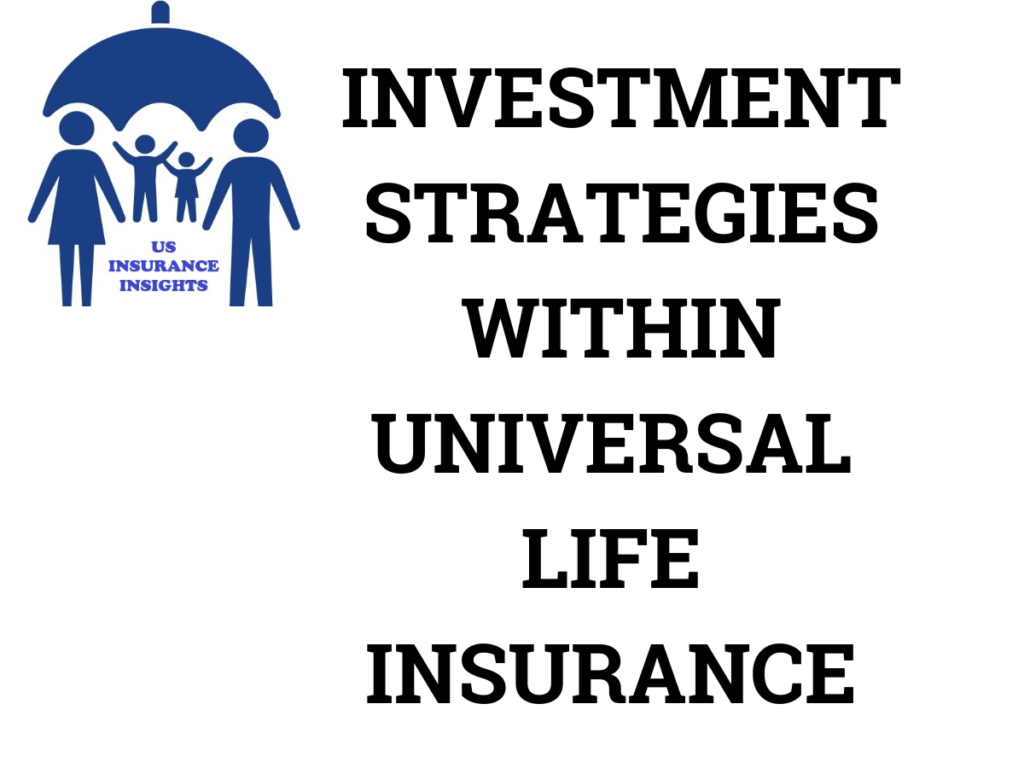Investment strategies within universal life insurance? Introduction
Understanding Investment Strategies Within Universal Life Insurance
Universal life insurance (ULI) is one of the best flexible and smart ways to save and build wealth for the long term. Unlike older types of life insurance, universal life insurance lets users accumulate money in a cash value account and enjoy lifelong coverage.
How can you make sure your investment returns are high but your financial risks stay at a reasonable level? This article will break down the best investment strategies within universal life insurance, ensuring you make the most of this powerful financial tool.
Why is Universal Life Insurance a Good Choice for Investing?
Universal life insurance, not like term life, also builds cash value that can be used while the insured is still living. You can use the cash value to invest in different ways and plan for a larger future tax-free. The most important advantages are:
- Payments you can adjust according to how much money you have available each month.
- Withdrawals are taxed, so all money you make inside the policy compounds tax free.
- Chance to gain greater rewards than with standard whole life insurance.
- Getting money from the fund by requesting a loan or making a withdrawal.
- Now, we will see what strategies can help you get the most out of your investments.
Best Strategies to Use for Universal Life Insurance
1. Investing in Indexed Universal Life (IUL) gives you access to market-related growth.
An Indexed Universal Life (IUL) policy lets you put your cash value into stock market indexes similar to the S&P 500. Variable universal life (VUL) insurance doesn’t help you this way, but IUL makes sure you get a minimum return no matter what. Still, it keeps the amount of possible profits under control.
Benefits: This funds are designed for people searching for investment in the market without taking much risk.
Sarah, who is 35 and has a career, decided to buy an IUL policy. Her cash value continued to grow for 20 years because her investment was tax-free, stayed up during market upswings and did not suffer from market downturns.
2. Use Dollar-Cost Averaging (DCA) as much as possible.
With dollar-cost averaging, you continue to invest the same amount at regular intervals, no matter what is happening with the market. This method allows to lower risks and keep market swings more manageable.
Best Suited For: People who like stable investing and want to reduce their risks.
If John invests $500 every month in his ULI policy’s indexed account, he gains more units when prices are low and fewer units when prices go up which helps him secure better long-term returns.
3. You can use Policy Loans for more investment opportunities.
Among all life insurance, universal life insurance stands out because you can use the cash value as loan collateral. So, you won’t owe taxes for borrowing against the policy, as long as your insurance coverage is still active.
People who want to access their money but still hold on to their investments will find this suitable.
Mark, who knows how to invest wisely, got a loan of $50,000 from his ULI policy at a low interest so he could put it into real estate. At the same time, the cash value in the policy kept benefitting him which was very useful.
4. Try to Match the Part of Your Investments that is Fixed With the Part That Grows
In general, you can put your money in both a fixed interest account and an indexed or variable account as part of most universal life policies. Using a balanced technique helps you both build your company and keep your cash safe.
Move: Ideal For: Those who want their money to be safe and also expect growth.
As an example, Lisa gives half of her money to a fixed account (returning 4% annually) and the other half to an S&P 500-linked indexed account. By using this strategy, you can expect steady earnings and prospects for growth.
5. Let Overfunding boost the amount your cash value accumulates.
Paying too much into your universal level insurance policy causes the cash value to build up more quickly and grow tax-free.
Best Suited For: People with higher earnings wanting to grow their wealth tax smartly.
Robert, the owner of a business, chooses to pay $20,000 per year in insurance which goes higher than the minimum required by the plan. When he turns 65, his cash worth is more than $500,000 which helps him support his retirement.
Typical Errors to Prevent
❗ Don’t Overlook Fees – Always find out about policy fees, surrender fees and administrative charges and make sure they don’t reduce your returns.
🚫 Not Taking Time to Review Your Policy Every So Often – Because our lives change, our investing should too. Review your policy every year to change your allocation and try to maximize how your money grows.
🚫 Premature withdrawal – Early withdrawal may result in paying taxes and getting little to no death benefit from the account.
Finding the Best Way to Invest Money
1️⃣ Check Your Sense of Risk – Figure out whether you want steady returns (fixed interest) or returns that may change along with the market (indexed or variable).
3️⃣ Look at Various ULI Policy Types – Pick between IUL, VUL or traditional ULI depending on your plans.
Figure out the ideal sum to fund each month and see if you can put in more money to build your cash value.
5️⃣ . Balance Your Portfolio – Ensure part of your money is invested in fixed accounts and the rest in indexed accounts.
6️⃣ . Talk to a Financial Advisor – Get advice from a professional to design your plan for the future.
Conclusion: Protect Your Future Wealth with Universal Life Insurance
More than being only a safety net, universal life insurance can help you invest for the future and grow your wealth slowly over time. When you use part of your policy for strategic investments, your cash value grows and you still have the benefits of ULI.
A smartly set up universal life insurance plan can give you peace of mind by securing your finances when you retire or make a major investment or while looking after your family.
Make your move right away! Check the adequacy of your present policy, research investment choices and tailor a plan for your financial goals.


1 thought on “Smart Investment Strategies Within Universal Life Insurance (for US)”